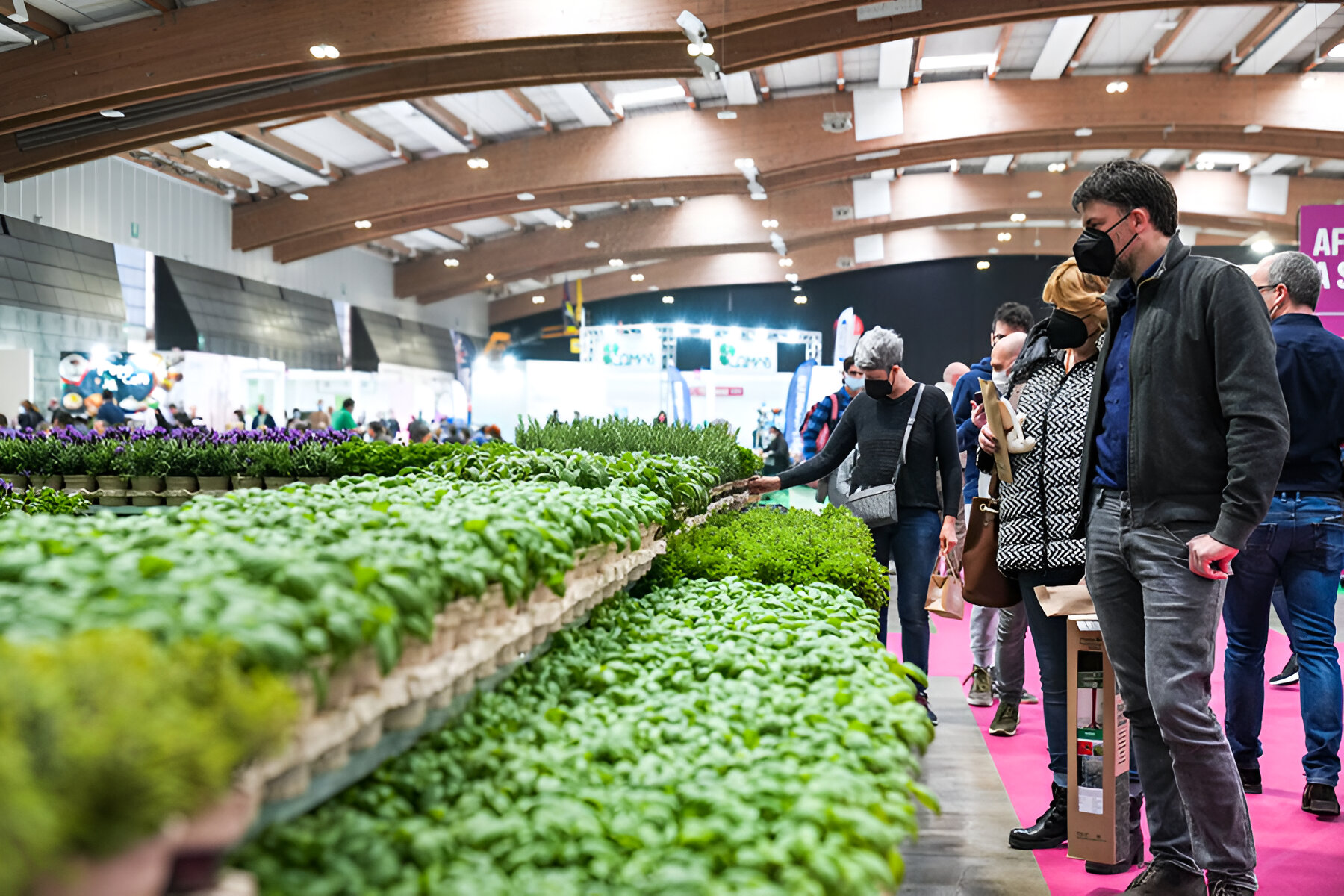The consumption of blueberries in the Netherlands is increasing. Last year the volume purchased by Dutch households increased by almost 40%. Import and export figures also show that the Netherlands is increasingly a transit station for blueberries, especially from South America to other European destinations.
blueberry is ranked 7th in the top 10 of Dutch households' spending on fresh fruit. This is reported by market analyst Wilco van den Berg of GroentenFruit Huis on the basis of data from the GfK Huishoudpanel.
The number of new buyers of blueberries in the Netherlands is still increasing strongly. In 2015, about 26 per cent of households bought blueberries once or regularly. In 2019 this was already 45%. Last year, the volume of blueberries purchased by Dutch households increased by almost 40 per cent. In addition to new buyers, the increase can also be explained, according to the GroentenFruit House market analyst, by existing buyers buying more often and more at a time."
FAMILIES WITH CHILDREN
In the buyer profiles of the GfK Household Panel, single people and households with two people and two incomes are the best . But according to Van den Berg, families with children also buy more blueberries and it is this segment that accounts for a relatively large volume share.
THE AREA OF BLUEBERRIES IS GROWING STRONGLY IN THE NETHERLANDS AND EUROPE.
Blueberries are popular and known for their healthy properties, abbGrowers marketing manager Jeannette Westdorp explains the growing consumption. "More and more consumers are discovering them, that goes without saying. AbbGrowers is a growing and trading company for blueberries and asparagus based in Horst in Limburg.
Westdorp tells us that the harvest season for Dutch blueberries runs from June to September. For the supply of blueberries outside the harvest season, Dutch retailers depend in particular on imports from South America.
SUBSTANTIAL INCREASE IN IMPORTS
Data from Eurostat and GroentenFruit Huis show that the import of blueberries increased from 18 million kilos to almost 76 million kilos in the period from 2015 to 2019. The most important countries of origin are Peru (33 per cent), Chile (25 per cent) and Spain (16 per cent).
Import growth will continue in 2020. In the first five months of this year, an additional 38 million kilos of blueberries were purchased abroad. In terms of volume, from January to May this is 14 per cent more than in 2019.
A large part of the imported blueberries is subsequently exported from the Netherlands to other European countries, says Van den Berg. Dutch exports have increased in the last five years from 13 million kilos to more than 64 million kilos in 2019. Last year, the export of blueberries represented an economic value of almost 437 million euros.
35 MILLION KILOS OF BLUEBERRIES EXPORTED
In 2019, the most important customers for blueberries sold from the Netherlands were Germany (47%), the UK (8%) and Belgium (8%). In the first five months of this year, almost 35 million kilos of blueberries were sold to other European countries. This is 16% more than in the same period last year.
SURFACE TREND
The area of blueberries in the Netherlands has increased from 530 hectares to 920 hectares in the last ten years, according to CBS data. From a European perspective, the cultivation of blueberry is also booming. The major European countries producing blueberries are Poland, Germany and Spain. The Netherlands ranks fifth in Europe after Portugal in terms of area.









